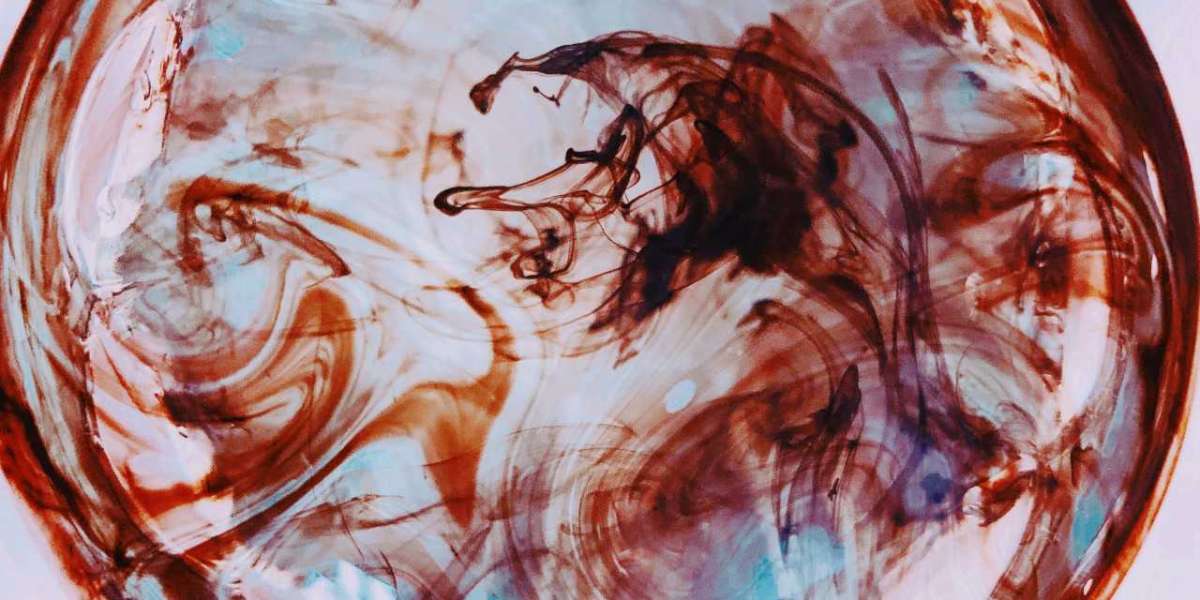Escherichia coli was discovered by Escherichia in 1885, it accounts for 1% of the intestinal bacteria and it is a kind of gram-negative Brevibacterium with blunt ends and sporeless. Escherichia coli is a conditional pathogenic bacteria, which mainly resides in the intestines of humans or animals. A small number of Escherichia coli is toxic and can cause diseases. Most of the Escherichia coli distributed in nature is not pathogenic. Its metabolic activity can inhibit the growth of microbes that decompose protein in the intestine, reduce the harm of protein decomposition products to the human body, and can also synthesize vitamins. It will not cause disease under normal living conditions. If Escherichia coli is detected in water and food, it can be considered as an indicator of fecal contamination, because the number of coliforms (or coliform value) is often used as a hygienic standard for drinking water, food or medicine.
Escherichia coli is one of the most studied microbes due to its clear heritage background, simple technical operation and simple cultivation conditions. Genome editing of Escherichia coli can discover new special enzyme genes and functional genes related to important metabolic processes and metabolite production. It is widely used in production and the transformation of traditional industries and technology, which helps people to promote the rapid development of modern biotechnology.








